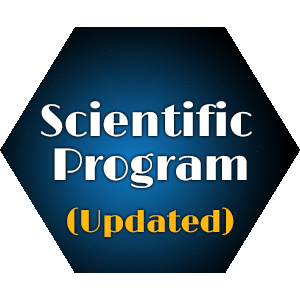Hiroki Hosaka
Nihon University, Japan
Title: Growth of human intestinal bifidobacteria and lactobacilli by sucrose analog disaccharides
Biography
Biography: Hiroki Hosaka
Abstract
Most of the prebiotics oligosaccharides used to consist of a combination of three kinds of neutral monosaccharides D-glucose, D-galactose, and D-fructose because edible and abundant carbohydrates such as starch, sucrose, and lactose were used as raw materials for the production of them. We are attempting to develop prebiotics oligosaccharides containing monosaccharides other than the above ones using enzymatic reaction. Until now, utilizing transfructosylation actions of β-fructofuranosidases of Aspergillus oryzae and Microbacterium saccharophilum, we had succeeded in the synthesis of 4 types of novel sucrose analog disaccharides (sucrose in, N-acetylsucrosamin, sucuronic acid, and sucuronamide) in which D-glucose residue of sucrose was replaced with glucosamine, N-acetyl glucosamine, glucuronic acid, or glucuronamide. At first, we decided to evaluate their prebiotics function by examining proliferation effects on various strains of human intestinal bifidobacteria and lactobacilli in pure culture conditions. We investigated the growth of 12 strains of bifidobacteria with 8 different species and 3 strains of lactobacilli with different species under an anaerobic environment in the medium containing each sucrose analog disaccharide as a carbohydrate nutrient source. As the result, following 3 different patterns on the assimilation of sucrose analog disaccharides were observed among bifidobacteria strains used: Those that hardly utilize these disaccharides (Bifidobacterium longum subsp. longum etc.), those that utilize specific one among these disaccharides (Bifidobacterium pseudocatenulatum etc.), and those that utilize all of these disaccharides (Bifidobacterium longum subsp. infantis etc.). From the results of the experiments using 3 strains of lactobacilli, it was confirmed that either strain proliferated by consuming SucA besides Suc.

